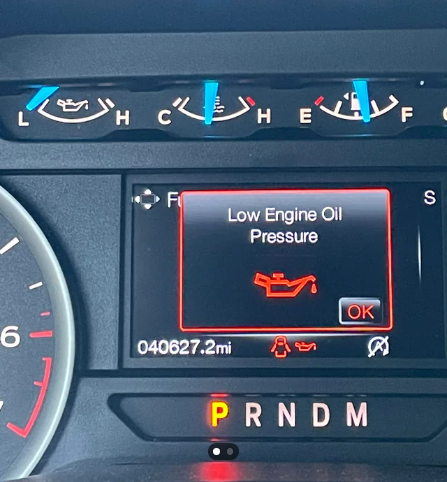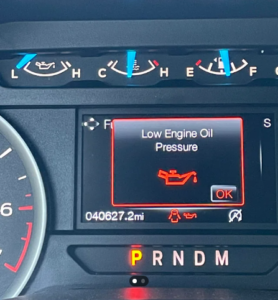
Key Causes and Remedies
1. Oil Pressure Regulator Issues
Check for debris or wear in the regulator. Clean or replace as needed.
2. Insufficient or Absent Crankcase Oil
Inspect oil levels with a dipstick and check for leaks in the cooling system. Add appropriate oil based on climate conditions.
3. Blocked Oil Pipelines
Look for kinks, cracks, or clogs in the oil lines. Replace or repair damaged sections.
4. Leaks in Oil System
Examine pipes, seals, and gaskets for leaks. Fix or replace defective parts and inspect for casting flaws.
5. Incorrect Oil Specifications
Ensure oil matches climate needs and specifications. Replace mismatched oil with the correct grade.
6. Internal Leakage or Air in the System
Tighten fittings, inspect connections for cracks, and check gaskets for leaks.
7. Low Coolant Levels or Dirty Radiator
Verify coolant levels and clean the radiator. Refill or replace coolant as required.
8. Dirty Oil Filters
Replace oil filters regularly, especially if debris or dust is present.
9. Thermostat Malfunction
Replace a faulty thermostat to maintain proper system temperature.
10. Damaged Hoses or Loose Belts
Inspect for wear or slack. Replace or tighten as necessary.
11. Blocked Oil Cooler or Cooling Channels
Clean the oil cooler with a solvent and flush the cooling system.
12. Coolant Deficiency or Worn Water Pump
Address leaks, repair or replace the water pump, and top off coolant.
13. Clogged Oil Passages
Use cleaning rods and solvents to clear oil passage blockages.
14. Obstructed Bypass Oil Filter
Check and replace bypass filters with incorrect dimensions.
15. Leaky Gaskets
Conduct pressure tests, locate the leak, and replace defective gaskets.
16. Incorrect Bearing Clearance
Inspect bearing clearances and install appropriate bearings.
17. Need for Engine Overhaul
Assess engine running hours and mileage. Overhaul if required.
19. Main or Connecting Rod Bearing Damage
Verify crankshaft alignment and replace damaged bearings.
Preventative Maintenance Tips
- Monitor coolant and oil levels regularly.
- Replace filters and belts as part of routine maintenance.
- Use manufacturer-recommended oils and parts to ensure compatibility.

